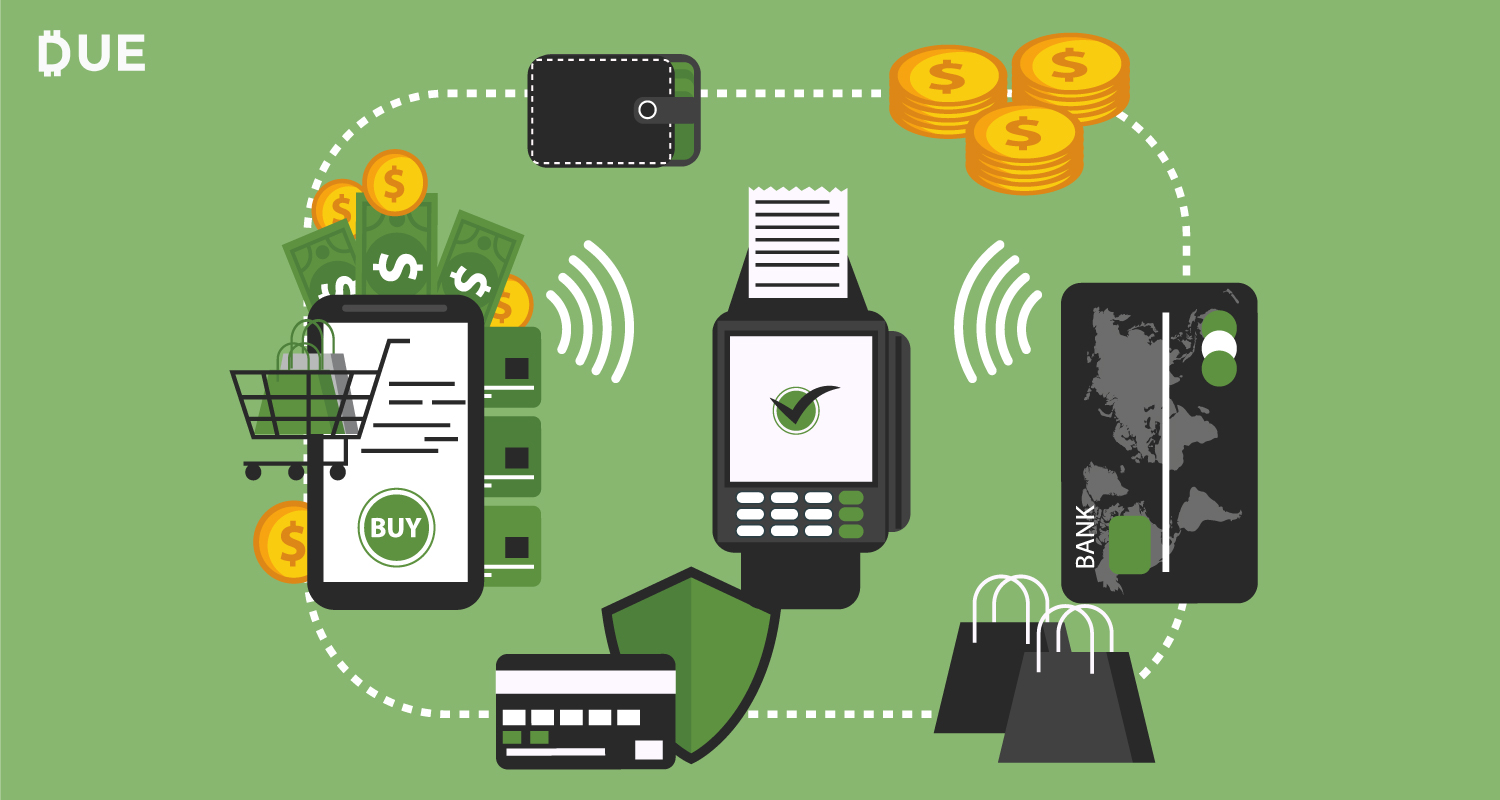Make no mistake about it. We live in a world where the “the platform economy” isn’t just disruptive, it’s killing long-lasting and successful business models. Amazon shook up the retail industry, Napster and iTunes decimated the music industry, Uber and Airbnb are radically changing the transportation, hotel and travel industries.
But, what exactly is the “the platform economy” and how is it impacting businesses?
Table of Contents
ToggleWhat is the Platform Economy?
MIT Professor Michael Cusumano offers a pretty clean definition:
“A platform or complement strategy differs from a product strategy in that it requires an external ecosystem to generate complementary product or service innovations and build positive feedback between the complements and the platform.
“The effect is much greater potential for innovation and growth than a single product-oriented firm can generate alone.”
Extremely simplified, a platform business serves as a connector between interdependent people and the product or service they are seeking. It’s like saying, “to be in that business you have to know someone.” A platform is the someone.
To get that paper written, you need the software on the computer along with the technologies and processes that were developed in order for you to get that white paper written and published.
The whole software, tech, processes and everything else that goes with it is the platform that allows you to do your paper. It is the medium that facilitates for you in order for you and others to connect together.
Because of this, platforms are linked to the concept of network effects – where the more products or services it offers, the more users it will attract. It’s also interrelated with the sharing economy, which often relies on platforms to facilitate shared services.
Four Major types of Platform Economies
There are four major types of platforms:
- Innovation platforms where developers or companies offer complementary products and services. Think of the offerings from companies like Windows, Oracle, and Salesforce.
- Transaction platforms assist individuals and institutions to find each other, such as Amazon, Airbnb, Uber.
- Integration platforms is a technology, product, or service that is a transaction platform and an innovation platform, like the Apple Store.
- Investment platforms have developed a platform portfolio strategy and act as a holding company, Priceland and OpenTable are examples.
Regardless the specific platform they all share these four common traits:
- Connects workers or sellers directly to customers.
- Allows people to work when they want.
- Sellers are paid for a single task or good at a time.
- Payment passes through the platform.
While the “platform economy” has skyrocketed over the last decade, it’s not a new concept.
Old Model, New Concept for Payments Businesses
Back in 1957 Walt Disney diagrammed a brilliant strategy. He showed how his studio would eventually produce characters and stories that would fuel (and be fueled by) a web of businesses. The businesses would range within the larger scope of television, music, theme parks, publishing, and merchandise.
In 1964, IBM’s System 360 family of mainframes featured a common hardware architecture and operating system. This allowed customers to upgrade the systems without having to rewrite their applications. This was followed by the Wintel platform in the 80’s and the internet boom of the 90’s.
Today, this is explained in The Rise of the Platform Enterprise: A Global Survey. Led by Peter Evans and Annabelle Gawer, they’ve said, “Enterprises that leverage the power of platform business models have grown dramatically in size and scale over the past decade.
No longer the sole domain of social media, travel, books or music, platform business models have made inroads into transportation, banking and even healthcare and energy.”
The authors added that, “Platforms are now active in North America, Europe, Asia, Africa and Latin America. Some platforms are household names such as Amazon, Apple, Google and Alibaba.”
Accenture found that the top 15 public platform companies already represent in impressive $2.6 trillion in market capitalization worldwide.”
IDC predicts that by 2018 over 50% of large enterprises – and more than 80% of enterprises with advanced digital transformation strategies – will either create and/or team-up with industry platforms.
How the Platform Economy Has Disrupted the World
Despite the fact that platforms have been in existence for decades, the modern platform economy has completely changed the game.
“Work is being reformatted,” write professors Martin Kenney and John Zysman. “For many, traditional employment – a single organization providing long-term engagement, usually with some form of social benefits — is giving way to gig and contract arrangements.”
Kenney and Zysman add, “business strategies shape job quality. Even in low-margin, low-price business there are ‘better’ job strategies that can provide workers higher wages and benefits. These will contribute to a strengthened competitive position for the firm. In the aggregate, the shifting place and character of entrepreneurship and the reorganization of work may powerfully alter the distribution of wealth and income in societies.”
The Gig Economy
It is projected that the gig economy is going to rise by 43% by 2020.
Additionally, “Global network infrastructure now allows for much larger scale aggregation, no longer dependent on physical exchange,” says Sangeet Choudary, author of Platform Revolution.
“Markets and other forms of virtual value creation are more dynamic and open than before, and increasingly self-governing. These are no longer controlled by contracts or central enforcement.
Value itself is more democratized. Consumers can be producers and vice versa: you can become an Airbnb provider, but also use the service for yourself when you travel.
Payment Platform Data
Finally, the explosion of data, and its use by platform businesses to keep high attention on learning (AI) is perhaps most significant.
Uber, for example, is not just matching rides to travelers, but increasingly predicting and even structuring demand by algorithms that rebalance supply of available cars.
Business models are bigger, more virtual, more dynamic, and more intelligent than ‘platforms’ of the past.”
Unlike traditional business models, the value of platforms are derived from creating scalable, complementary kinds of connections. These include growing markets, ecosystems, and communities.
There’s also more of an emphasis on brand. The end-to-end experience is increasingly important. Attention to the new leadership skills that don’t focus merely on cost, but the best way to create value and overall experience.
How to thrive in the Platform Economy
In order to succeed in the platform economy, you first need to think about your strategy and innovation within your organization.
Nicholas D. Evans, author of Mastering Digital Business, suggests that you ask the following questions regarding strategy:
- What percentage of investment should go into ecosystem business models?
- What types of ecosystems should be considered?
- When should an organization choose a hub vs. spoke strategy?
- What is an appropriate pricing strategy which will spur growth of the ecosystem or platform?
- Should an organization hedge its bets by playing within competing ecosystems?
- What sustainable competitive advantage and differentiation can be gained from an ecosystem model versus a traditional value-chain oriented business model?
As for innovation, Evans recommends you follow these five rules:
- Incorporate ecosystems into market and competitive research.
- Take an ecosystem view of the customer experience to enable cross-industry thinking.
- Support and foster intra-ecosystem innovation to move beyond traditional R&D.
- Build the capability to dynamically pull in new partners for co-innovation, beyond your traditional set of business partners.
- Incorporate ecosystem metrics into your innovation dashboard.







